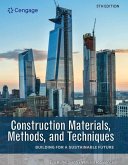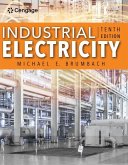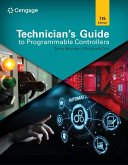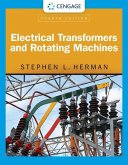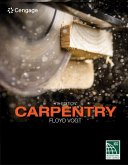In our society, we must make decisions about the production and use of energy and the consequences of that production and use, whether we are buying a car, voting for ballot measures or building a house. Our governments, the media and corporations discuss policies regarding climate change, radioactive waste and environmental regulation. Hinrichs/Wade's ENERGY: ITS USE AND THE ENVIRONMENT, 6th Edition, provides you with the science foundation to participate in these discussions and to make informed decisions, emphasizing the physical principles behind energy and its effects on our environment. In this text you will learn the basic physical principles behind the use of energy, including the study of mechanics, electricity and magnetism, thermodynamics, and atomic and nuclear physics. By placing energy issues within the context of everyday examples and asking you to define and support critical arguments, this text will offer a provocative approach to this crucial field.
Hinweis: Dieser Artikel kann nur an eine deutsche Lieferadresse ausgeliefert werden.
Hinweis: Dieser Artikel kann nur an eine deutsche Lieferadresse ausgeliefert werden.



